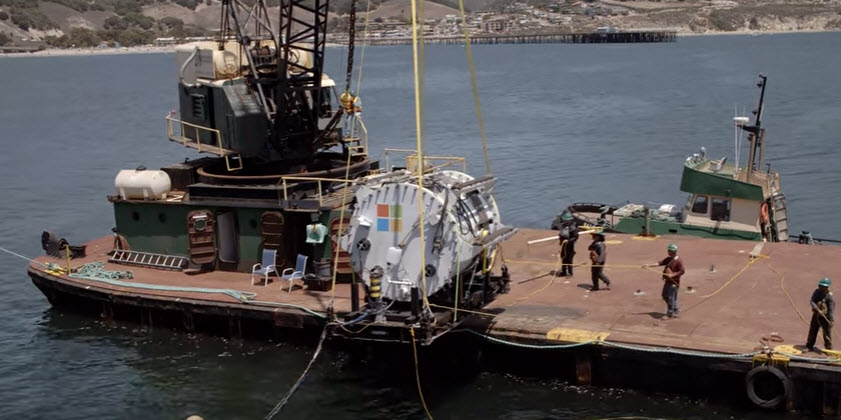(Not so) Stupid Question 297 & 298: What is a subsea datacenter and what is the environmental impact?
Alright, I’m back from a longer break from the blog due to surgery and book writing :) I’ll find some time to write about that, as well as what is going on in my life. But first, let’s have a look at subsea datacenters!

AS an avid scuba diver and software developer the topic of subsea datacenters fascinates me. I was recently in Stavanger and held a graduation speech as a special guest for the International School of Stavanger. After the graduation, the staff met for curry and drinks and we started talking technology. The ‘cloud’ came up, and the future. I made a reference to subsea datacenters and many questions soon followed. I’d like to share these and my answers here. As always, this is just my understanding- so please do fill in the gaps and/or correct.

Microsoft has with Project Natick started looking into subsea datacenters- leveraging space, natural cooling, and a more environmentally sustainable cloud model. As the name suggests, a subsea datacenter is a datacenter in the sea. The natural cooling is one of the reasons why Sweden is popular for building datacenters, as we can use the environment to cool down the centers in an efficient way. There is also the tax reduction and a few more reasons but I’ll save that for another post ;)
Konstrukt, the company I work at as software developer and cloud architect, recently moved parts of our environment to a local cloud provider as a part of our financial and data legality strategy (as requested by some of our larger customers). We have a split between our local provider, ACON, and Azure. That gives the customers the best of both worlds- and the ability to decide. ACON has its datacenter in Lycksele, inside a mountain. It was a military escape room for the king and the royal family, and would survive an atomic bomb.
The datacenter is highly efficient due to the natural cooling, and thus the carbon footprint is reduced.
The argument is similar for subsea datacenters, with hopes to not only reduce costs but also reduce environmental impact. Accessibility is another argument. With half of the world’s population living within 200 km proximity to the ocean the new datacenters could result in reduced latency.
The concept of the pod-like server containers that can be created at factories and submerged on demand for rapid provisioning started with the “Leona Philpot” prototype. In August 2011 it was submerged to 11 meters in the Pacific. Surprisingly to many, except maybe wreck divers (I am one), the pods would attract and fuel new marine life. AS a matter of fact, it’s a common practice to submerge fake wrecks to encourage and attract marine life as the minerals are popular little snacks. The heat itself is expected to be carried away with the currents, with a minimal impact on the temperature of the surrounding waters.
However, some argue that it is too early to tell how and if the subsea datacenters would impact the environment in a negative way. At the moment, Microsoft is evaluating the experiment they did a few years ago, after dunking several pods for over 100 days. Exciting!
Reckon it will work?
Comments
Last modified on 2017-06-10
